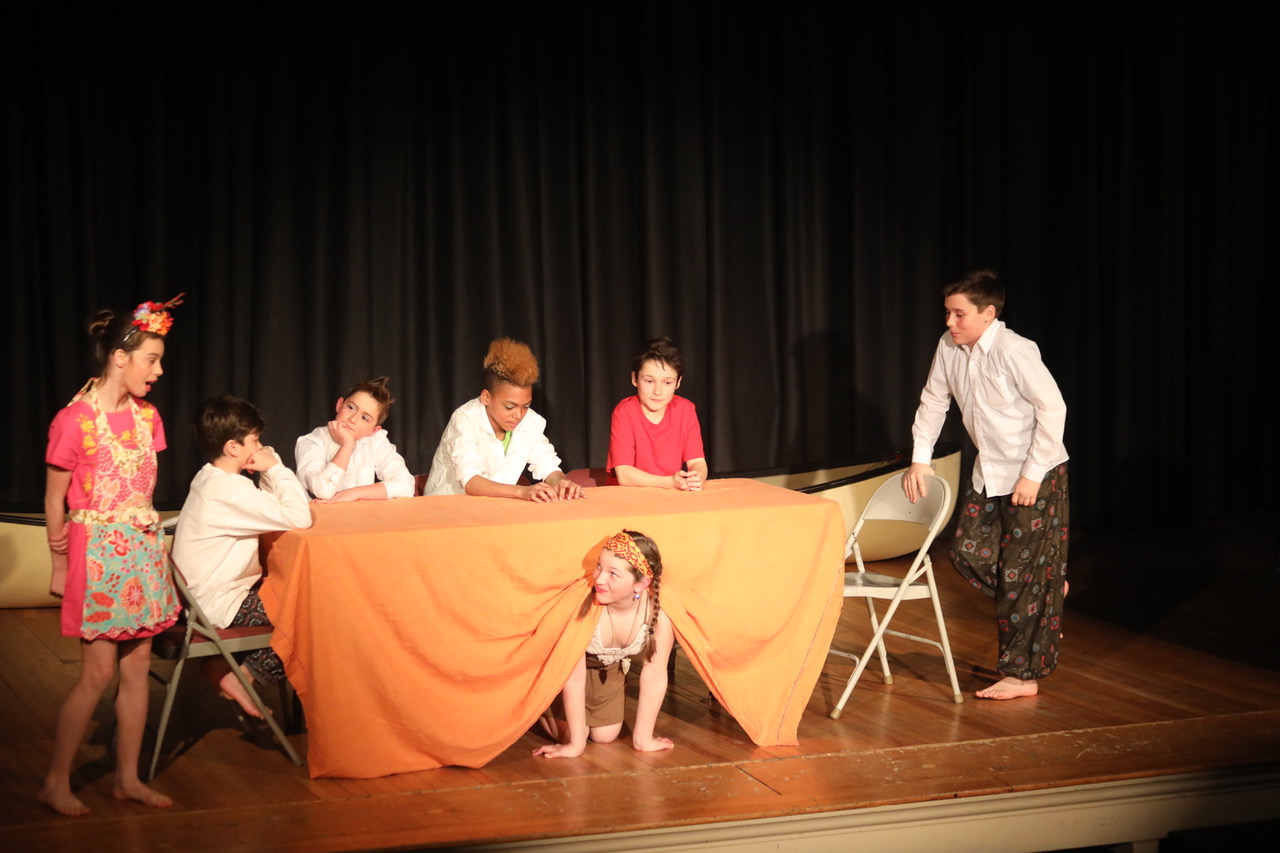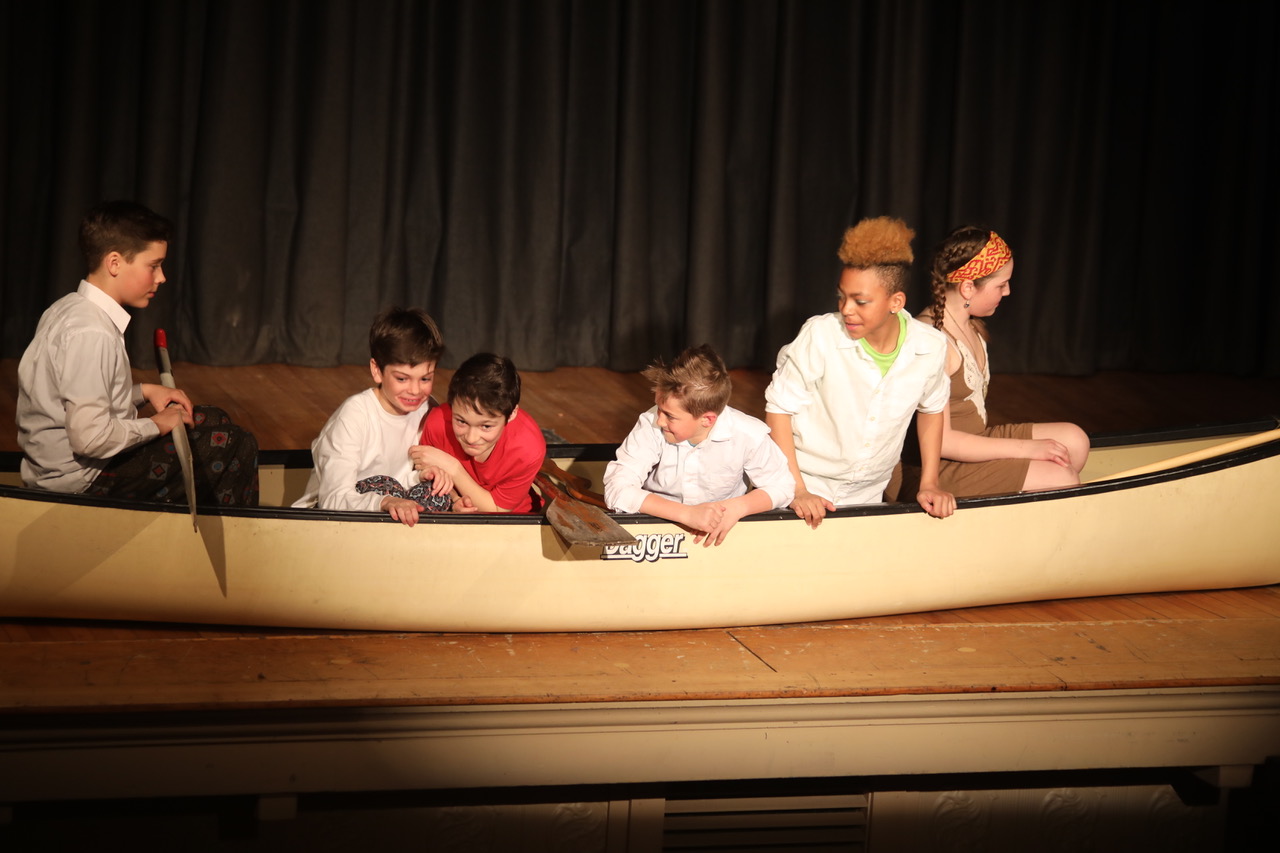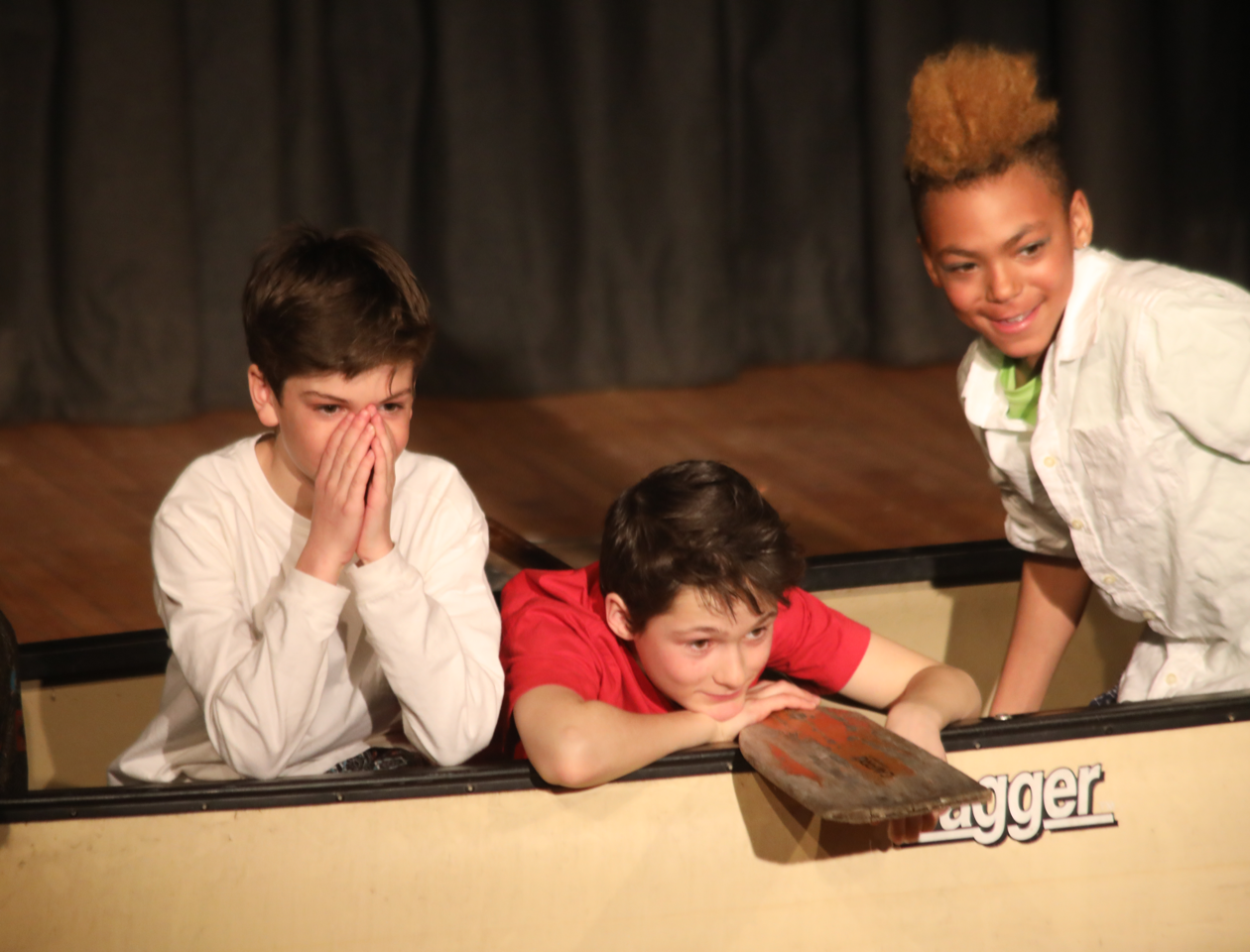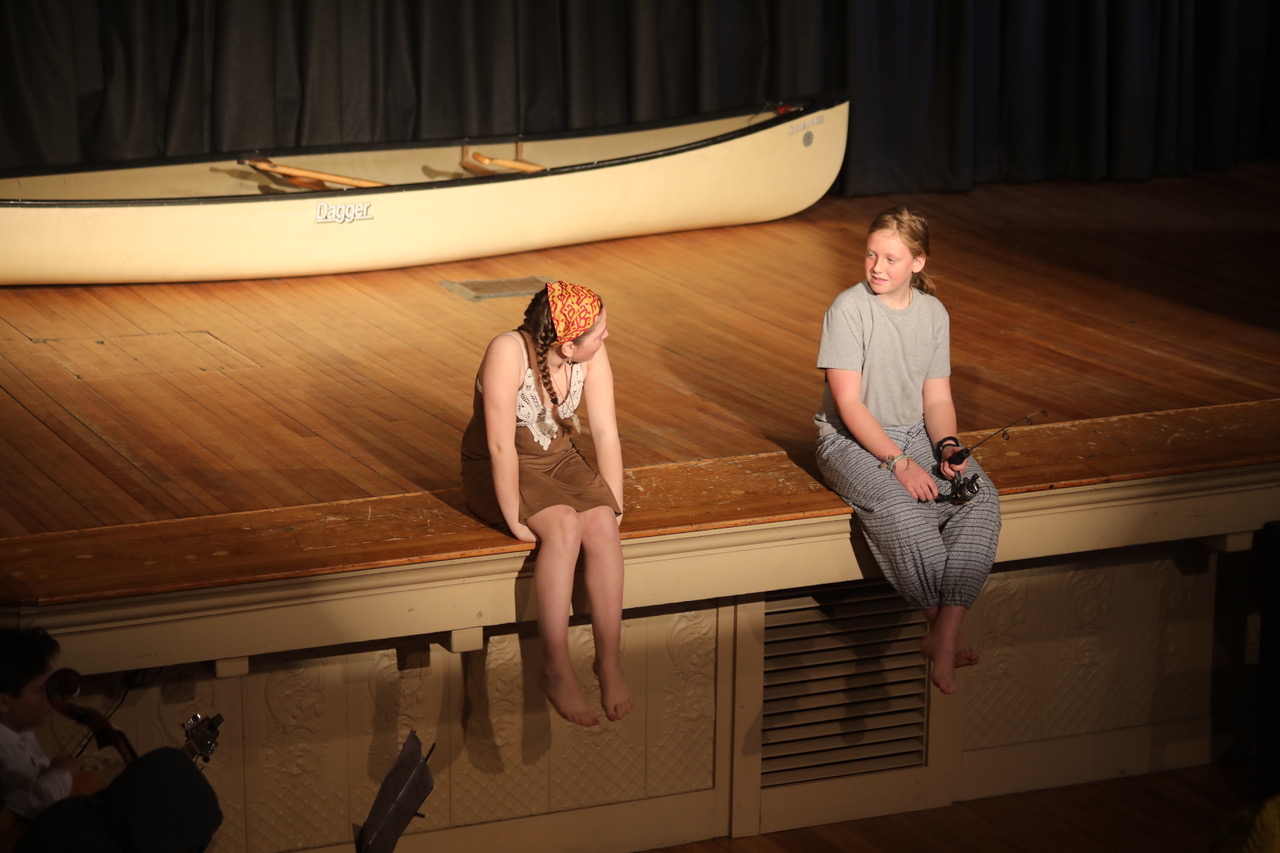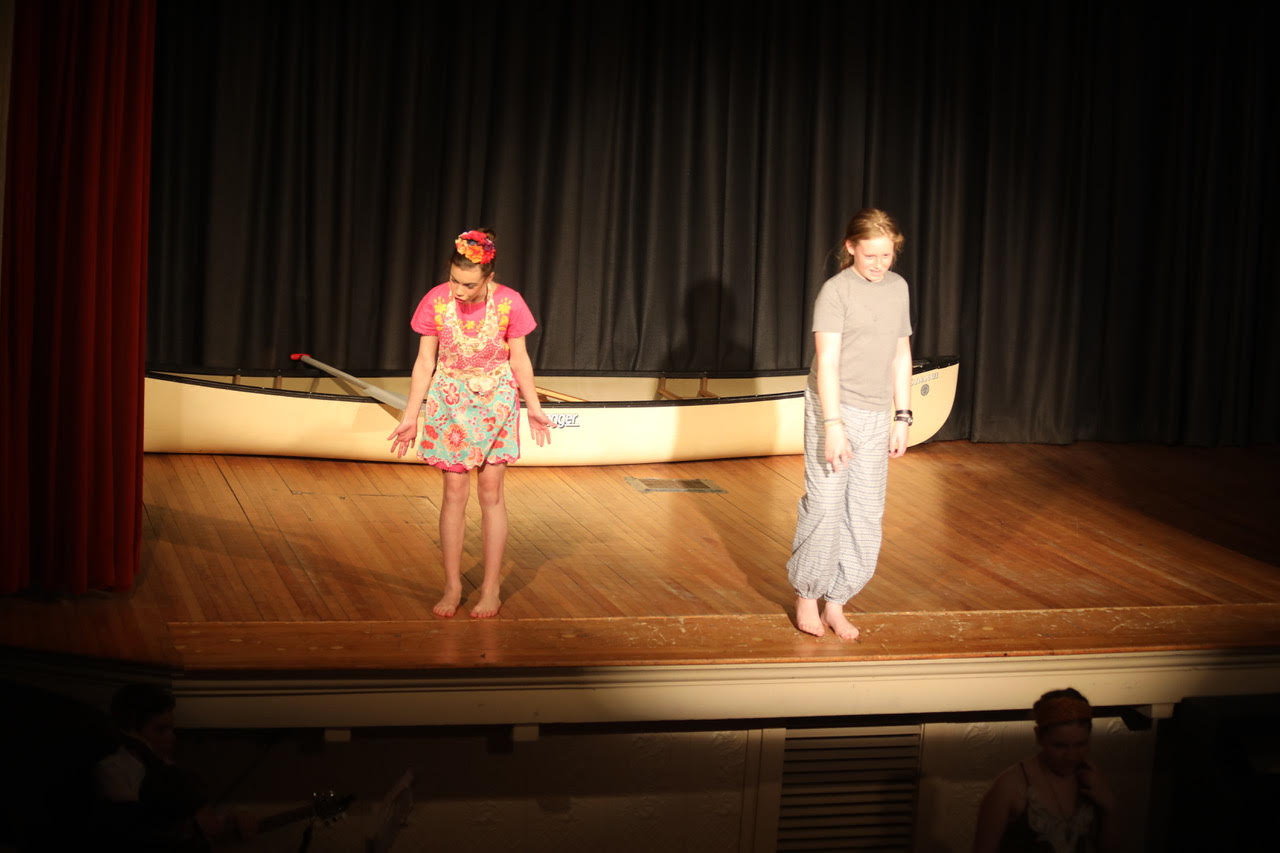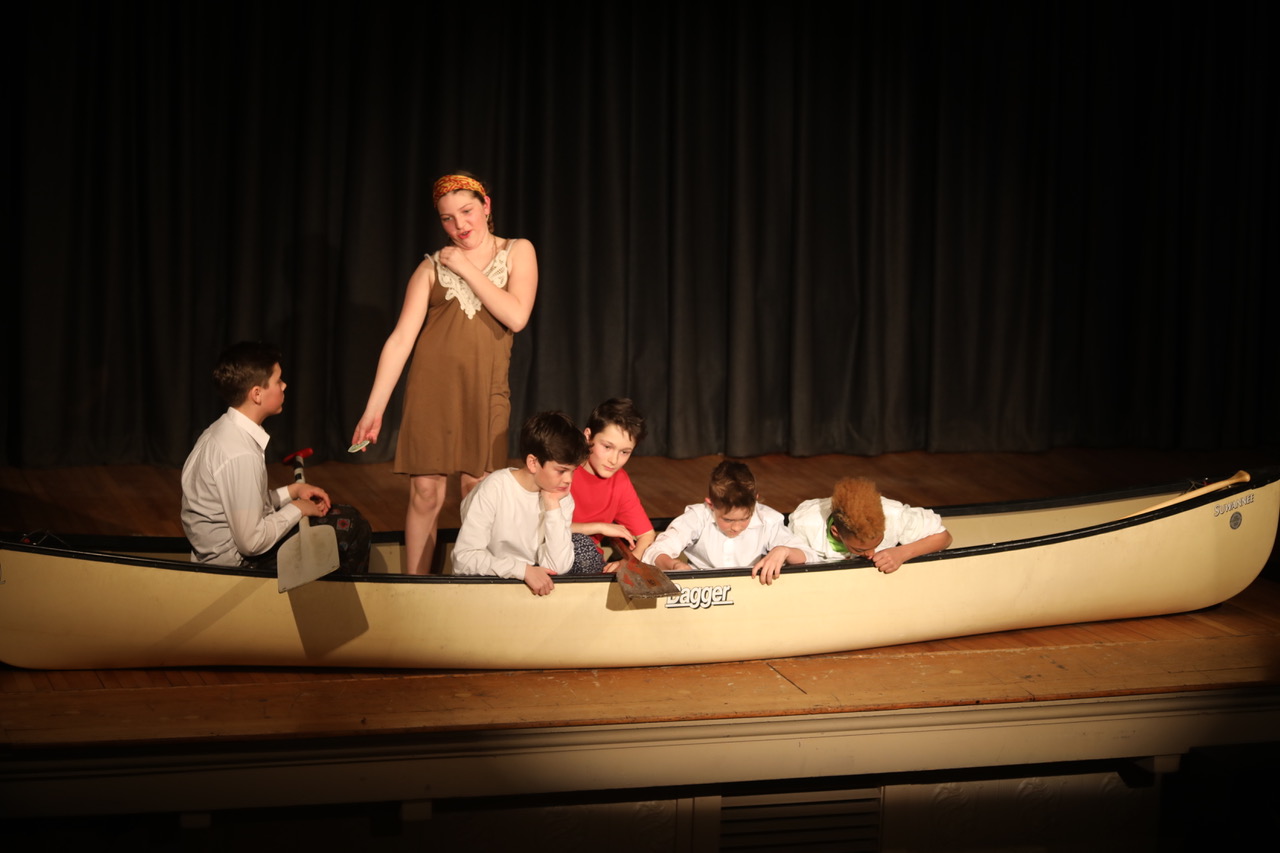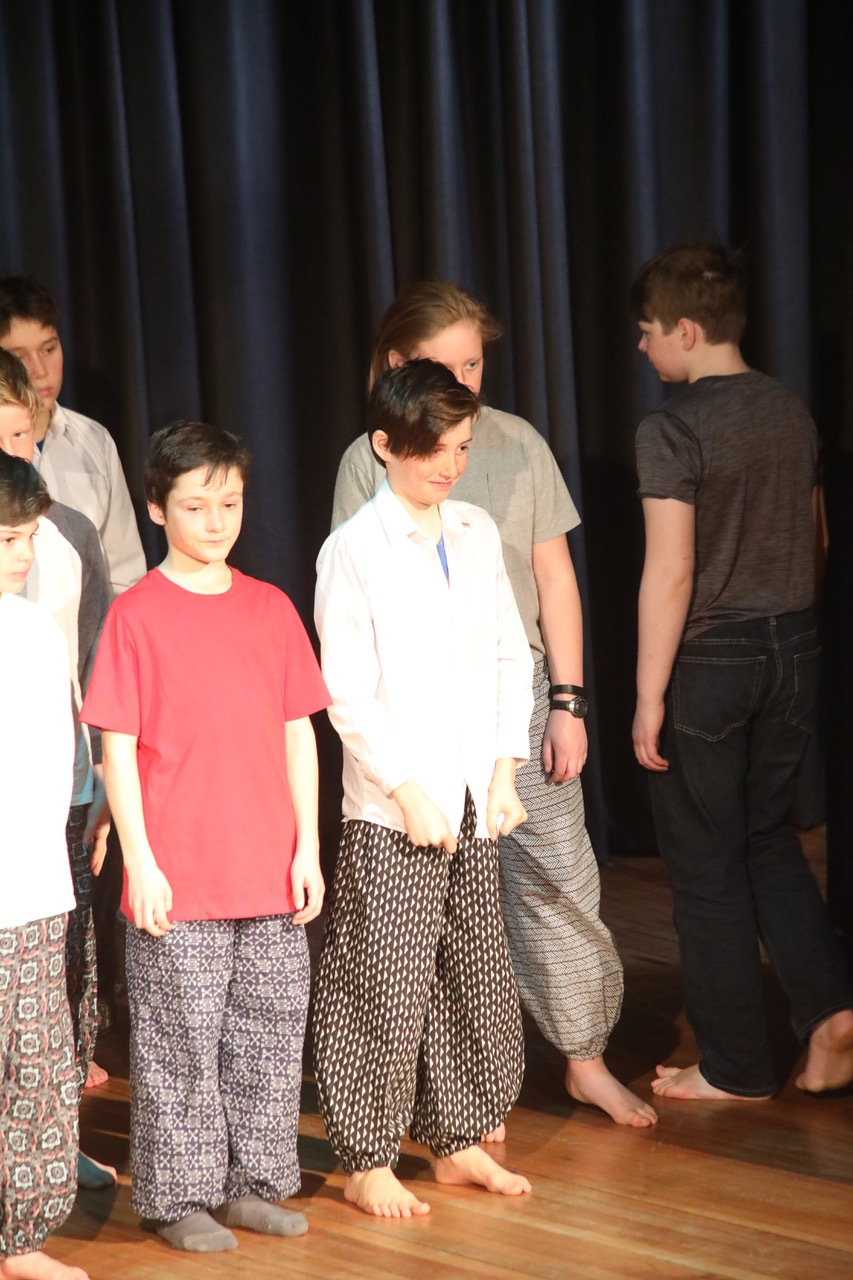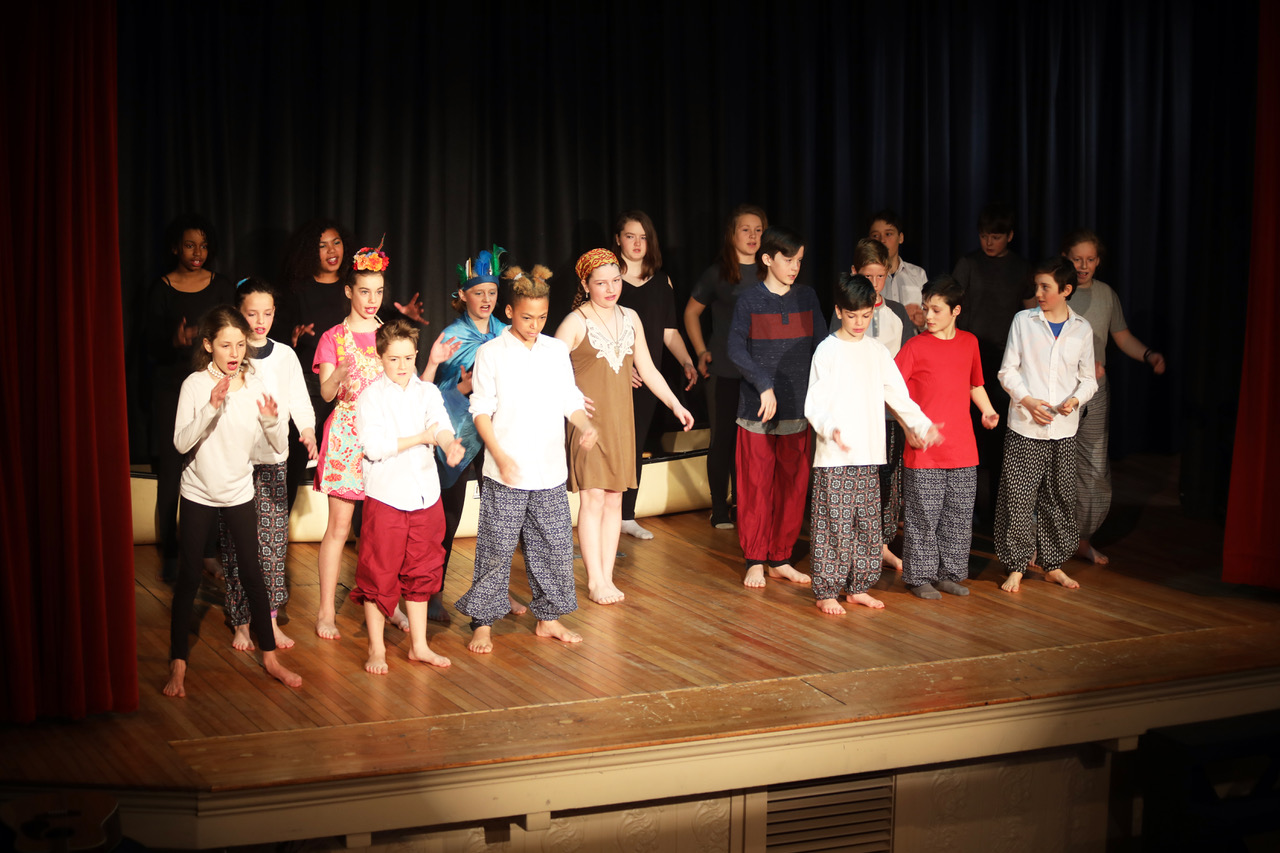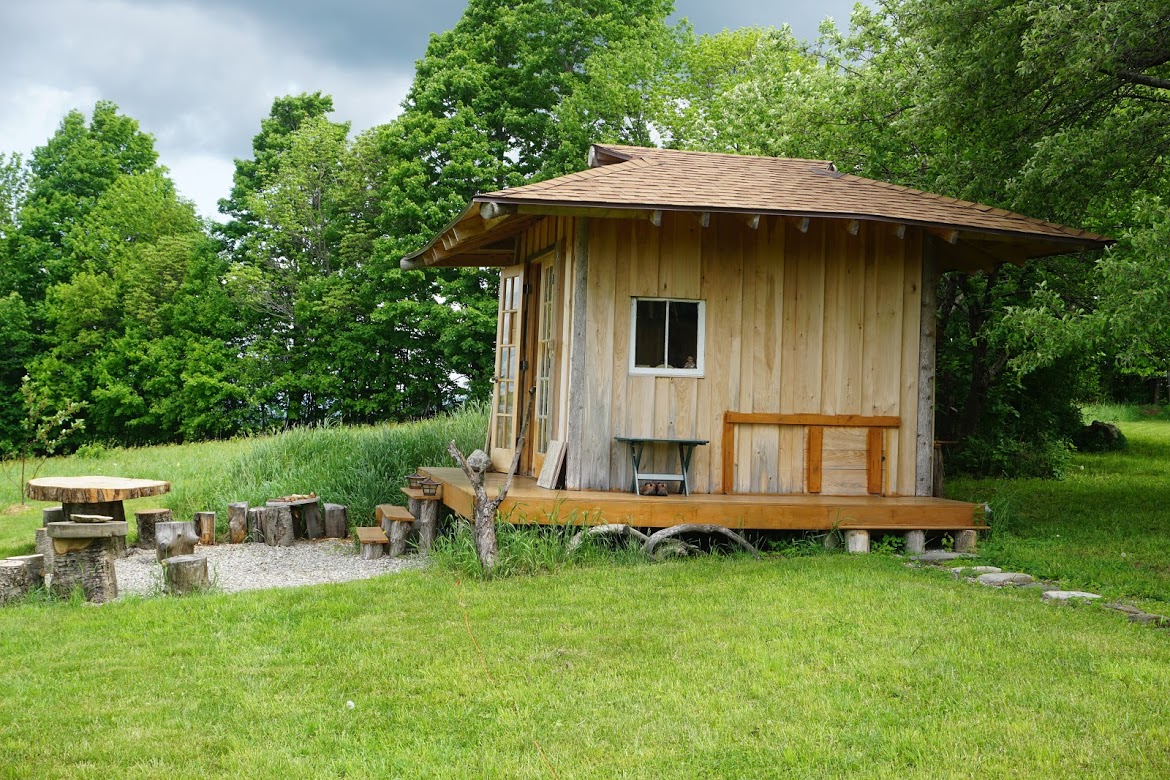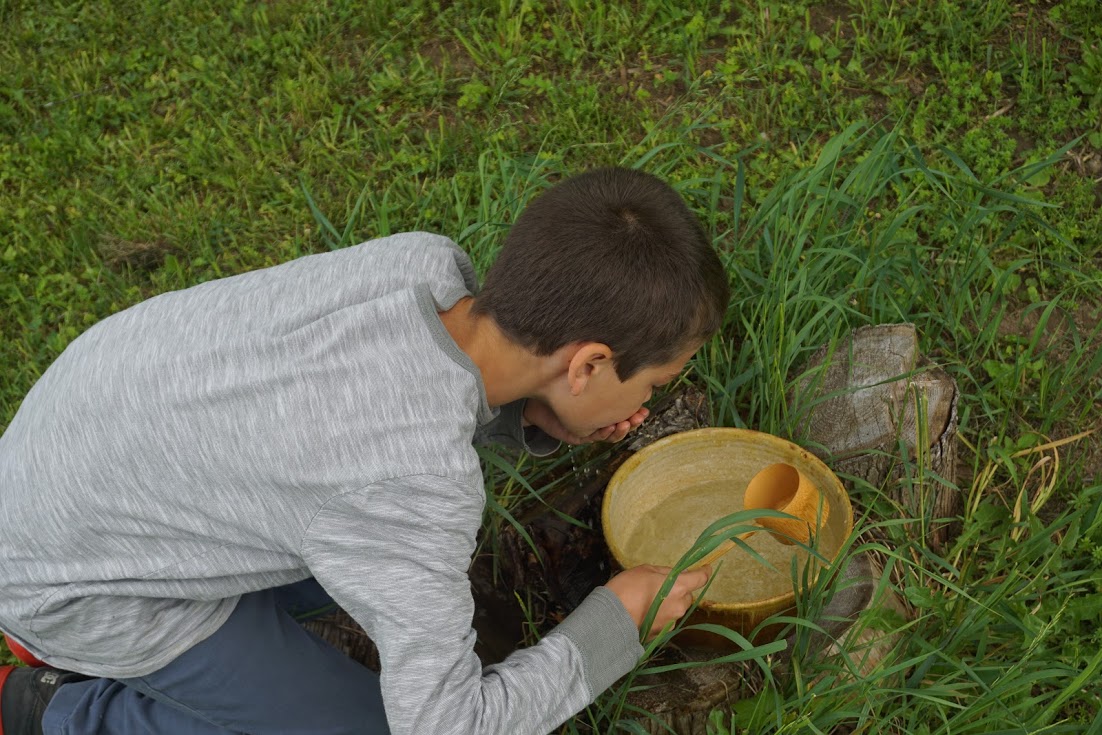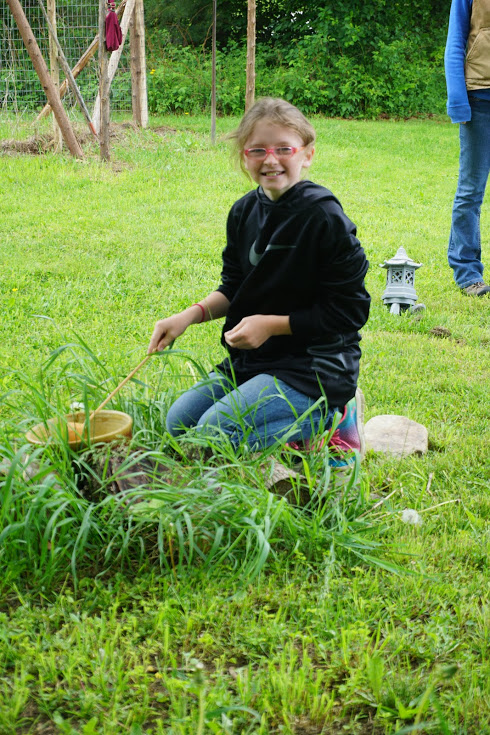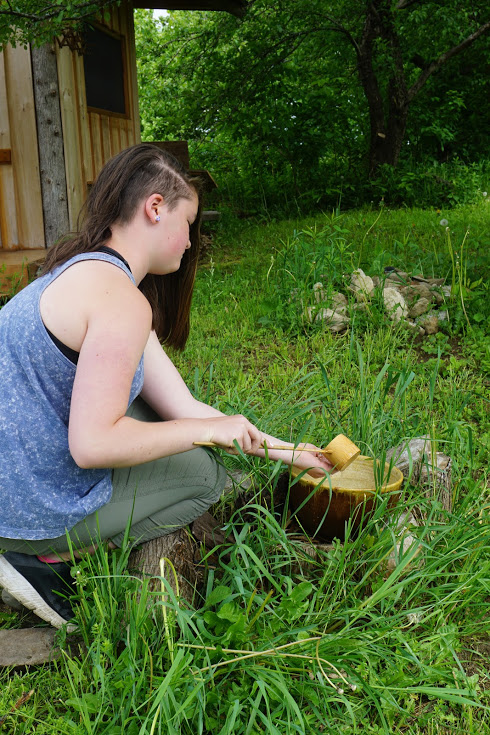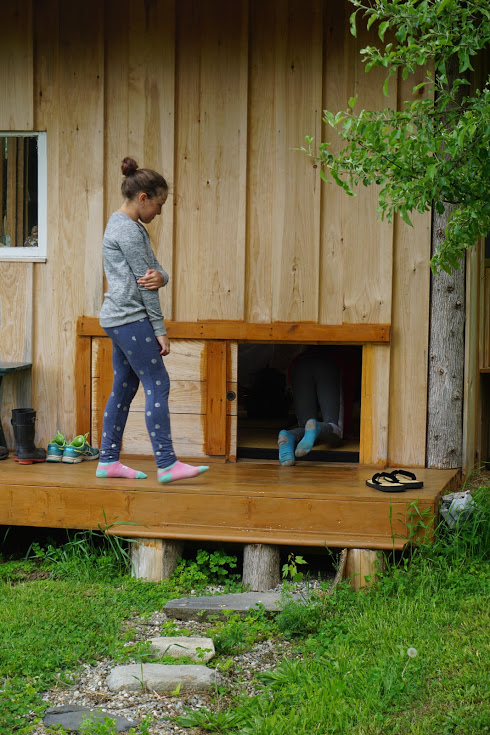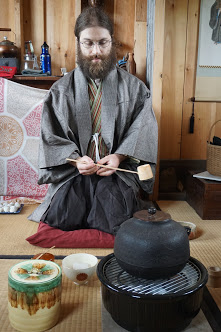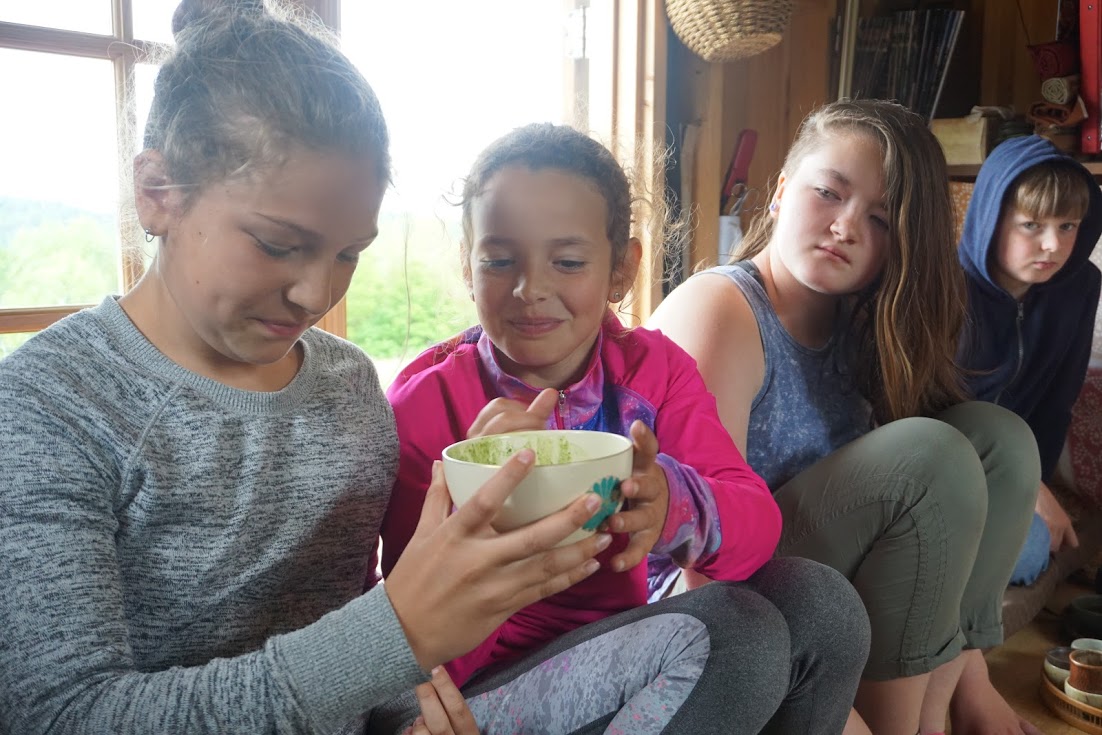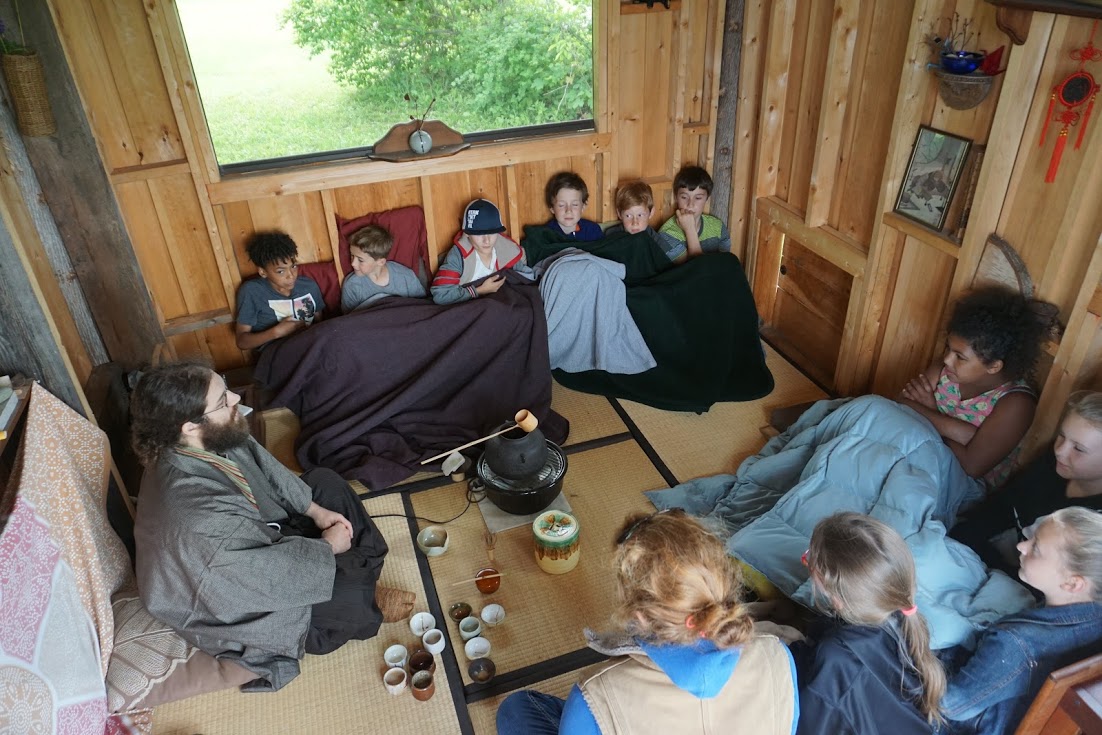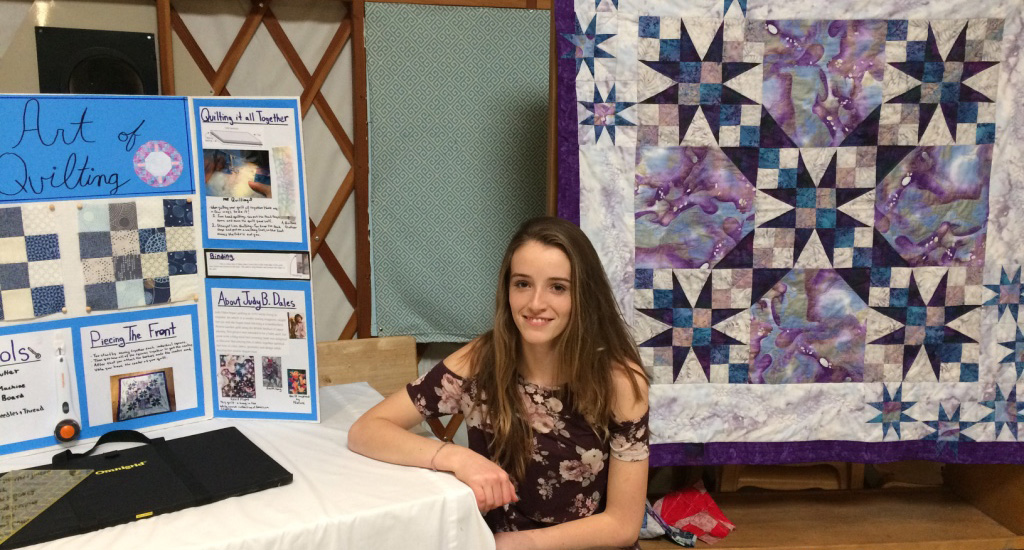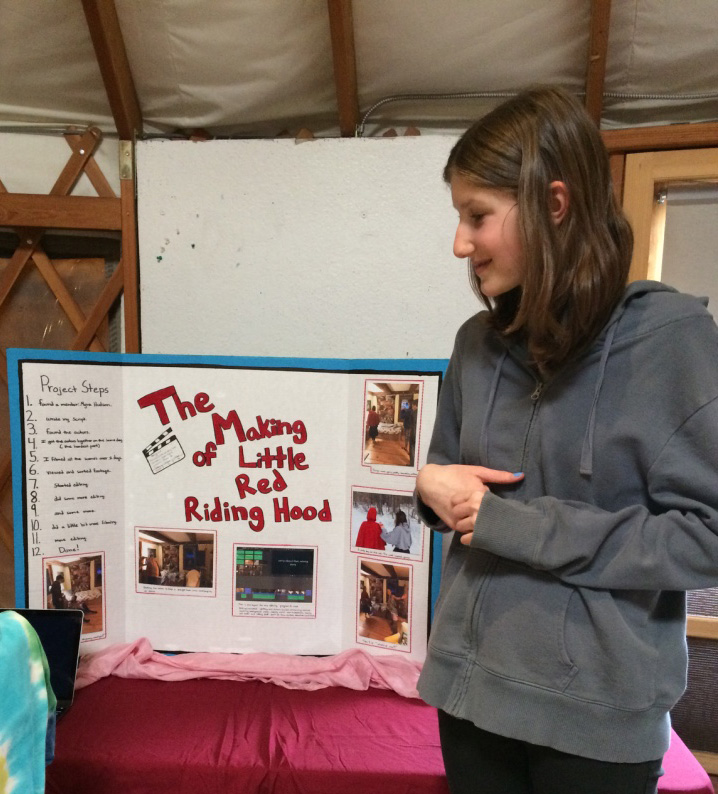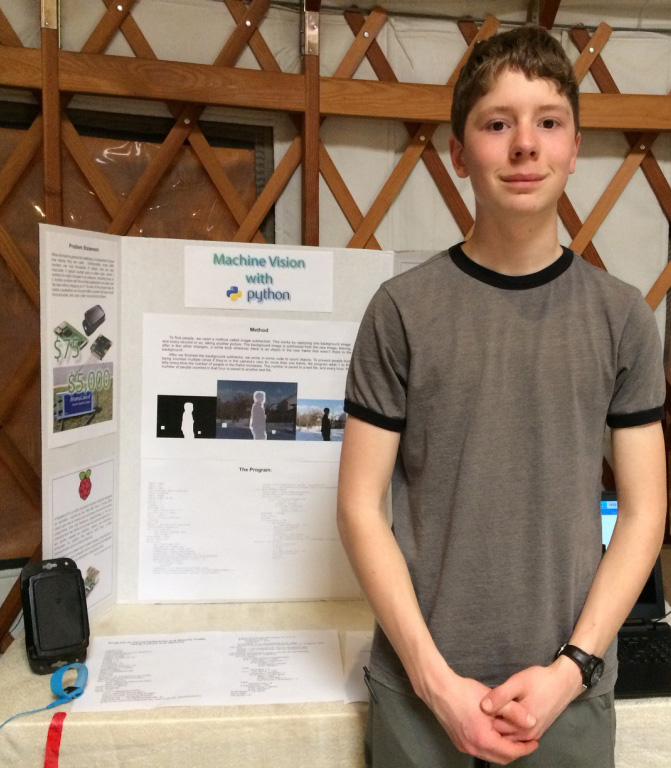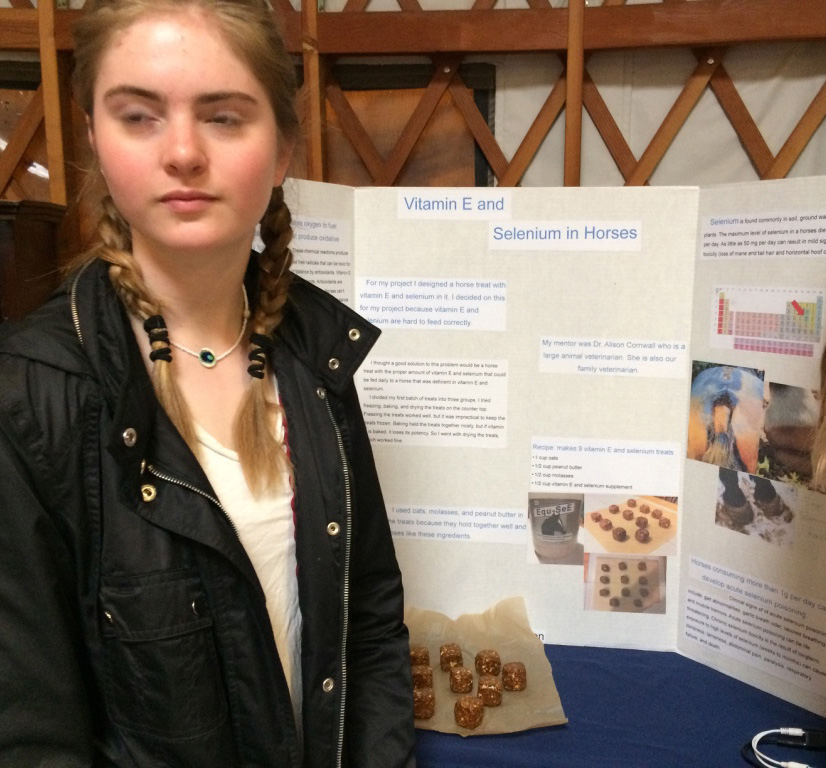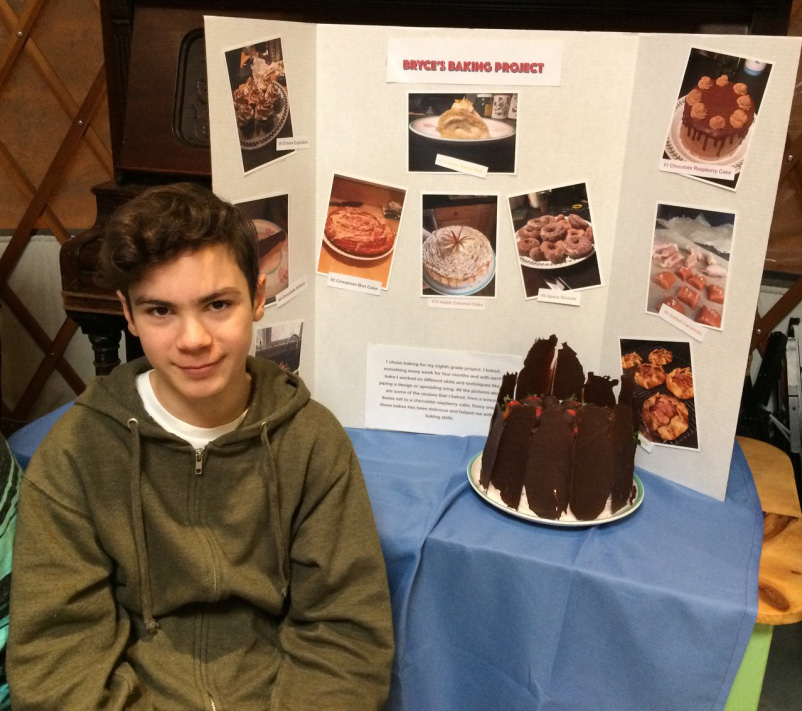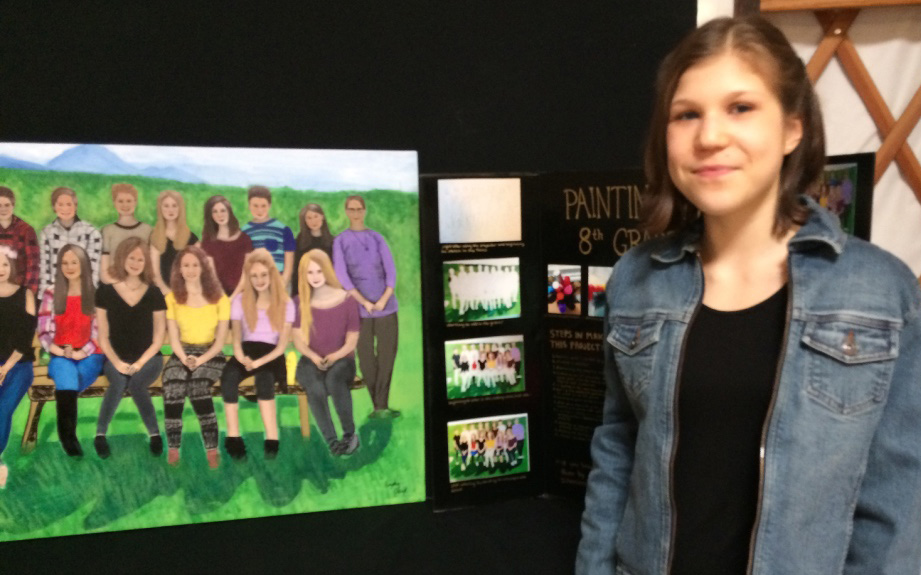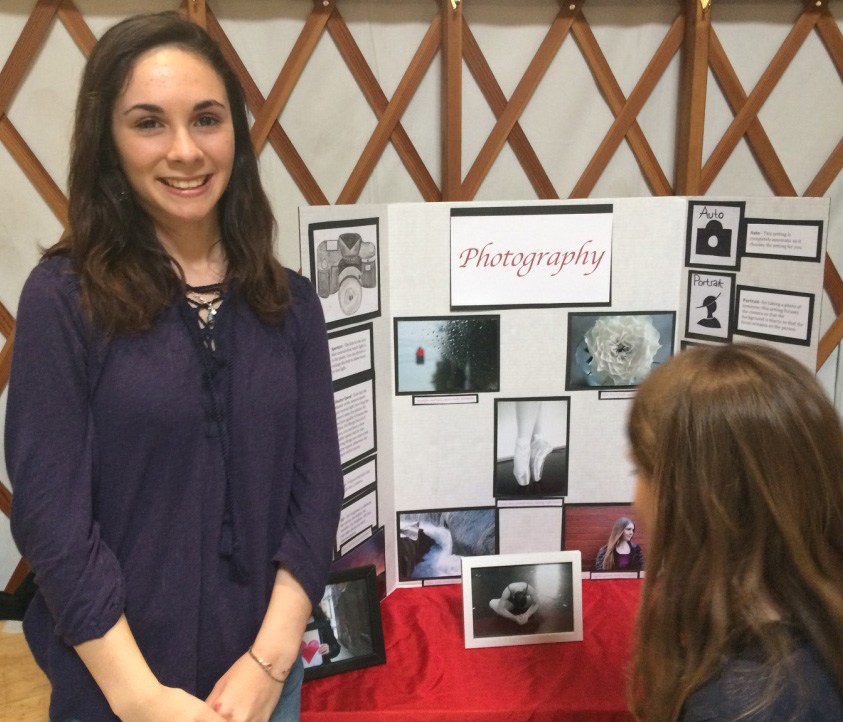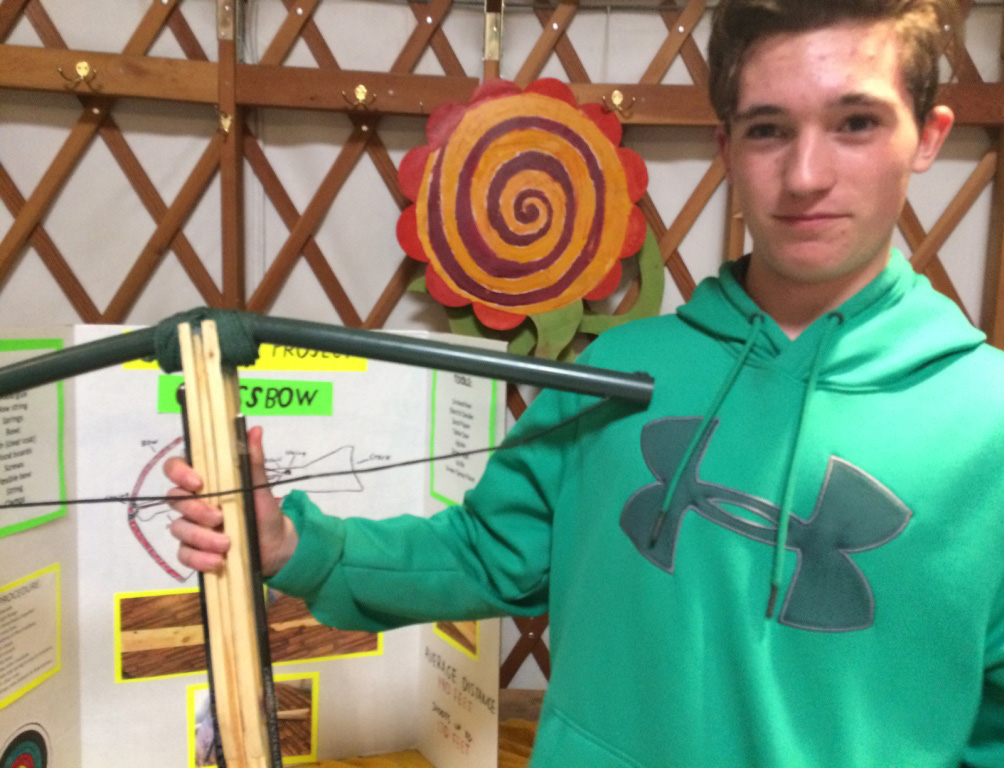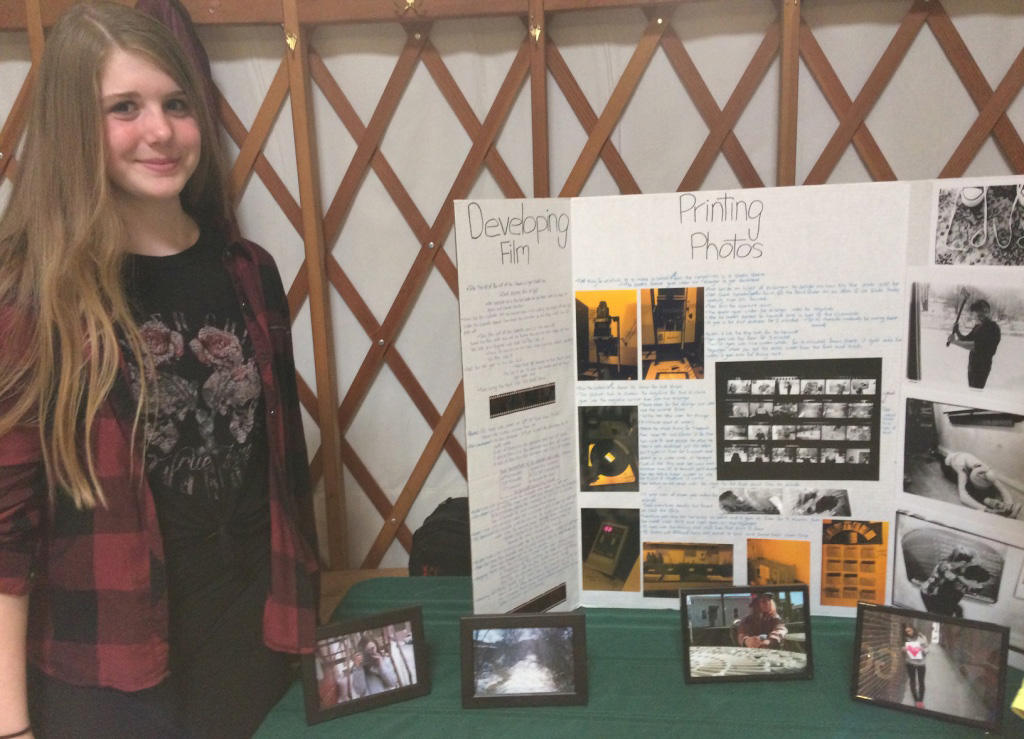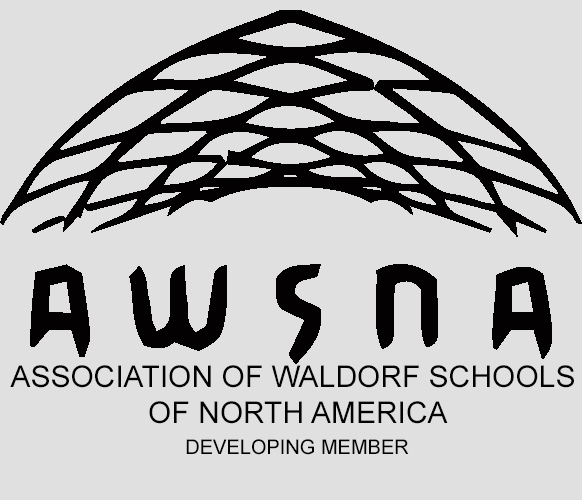It is with incredibly heavy hearts that we share the news of the passing of Kathy Clark, a dear friend and longtime supporter of our school and community. While our gratitude to Kathy for all she did for OVWS cannot be adequately expressed through words, we will try. We offer these poignant memories from some of the parents, faculty, and staff of Orchard Valley who have worked, laughed, and cried with Kathy over the years together.
My memories of Kathy are tucked on the other side of the little door to the little room on the 2nd floor of the farmhouse that was our office. That’s where we worked and became friends, Kathy, Deb, Dawn in the early years, Morgan later, and myself. We were a compatible team in so many ways, working moms with children in the school. In such close proximity, I grew to appreciate and love the depth of Kathy’s warmth directed to me and to countless others. She was a natural nurse, and I always marveled at how easily and how well she took care of the children who came to her. She could communicate her warmth with a look and tilt of her head, but she did this most specially with her voice. It was truly the most caring, reassuring, and warm voice I have ever known. Calm, patient, understanding in her tone—this was a gift. If I ever called in feeling sick, I was happiest to get Kathy on the other end of the phone. I can still “play” Kathy’s voice in my head, and I love it.
I also grew to appreciate and love the insight Kathy had for me personally regarding life, children, relationships. I could tell her my concerns and I always felt like I got gold in return, especially when it came to her advice about my boys! She knew what mattered and what didn’t, and she always put me at ease.
When I look in my mind’s eye, I see Kathy about to smile. I see the smile breaking over her face and lighting it up, her eyes smiling as well. I have these memories and know I have no choice but to be content and happy that I have them, and I know I am blessed to have been her friend. But I miss Kathy and I wish I had more time for more of her friendship. — Emily Padberg, former business manager
——————————-
Many of us were lucky to know Kathy Clark, and all OVWS children were very fortunate to be loved by her. Kathy is also the godmother of our dear Gracie Natvig in the Apple Tree Kindergarten.
I got to spend time with Kathy before she died. I was blessed to be in the presence of her loving family and to share this passage with them. It was profoundly sad, and deeply beautiful and tender. I will dearly miss my friend and colleague.
Kathy was a strong advocate for the young child and very supportive of Waldorf Education, and especially of Orchard Valley Waldorf School. My work with the Kindergarten children is dedicated, with love and gratitude, to Kathy. — Peggy Roche, Apple Tree Kindergarten teacher
——————————
I had the privilege of working with Kathy for 11 years, mostly as a teacher, but for one year I was upstairs in the Farmhouse with her as an administrator. Everyone I knew was drawn to Kathy's smile, warmth, and happy spirit. The trait that stood out the most and helped me grow as a person was how Kathy always looked for the best in others. When we would become frustrated with a parent or teacher, Kathy would always help us look for the good, encouraging us to be compassionate, open, and understanding. I count myself very blessed to have had such a beautiful and wise colleague for all these years. — Cathie Ely, enrollment director, former class teacher
—————————
From the beginning of OVWS until just this past year, Kathy Clark served the school and the community with selfless dedication. Building a school takes the combined effort of many people and Kathy was one of those people who gave not just the required 100%, but the 200% that was needed. From her early days in the office, bandaging little ones, answering phones, and cleaning bathrooms, to her last two years of managing not only her own job as Operations director but also filling in for our Administrator, Kathy did it all.
In addition to all this work as an employee, Kathy was also an integral part of the parent body. Her daughter Molly was in the very first graduation class. This group of parents forged the way for all those who have since followed and, though I worked daily with Kathy all these years and knew of her many contributions and talents, it is our time as class parents of OVWS students that I will truly cherish the most. Together, we watched our daughters perform together in plays and concerts, worked on class fundraisers that sent them to Washington, DC, celebrated birthdays and family passages, and most importantly shared common values in child rearing and education. All of these shared experiences made my life, and I am sure many other people’s lives, that much richer and more meaningful. The results of her hard work, her good friendship, and her love of children will live on in Orchard Valley and in all of us who were lucky enough to have had her as part of our lives. — Libby Case, class teacher
—————————-
I remember Kathy working tirelessly behind the scenes during the Fall Into Winter Fair. The old copy machine room would become a makeshift catch-all station for all of the random supplies that were needed for the day. One year during the festival, I walked into that room to find Kathy pouring chili ingredients into crockpots, which were nestled on top of the paper cutting board. She was clearly quite busy, but she still created the space to smile and joke about the absurdity of what she was doing. This is how I remember Kathy: No matter how busy she was, she would always engage and laugh with you. — Lindsey Benton, class teacher
————————
The Yellow Spiral — a poem for Kathy from Kate Camilletti, handwork and woodwork teacher
It’s time to go to school when the sunlight opens up the birches and maples on the east side of the bowl. Really though, only in the spring and fall does the sun climb up that high at leaving time.
All the other times, through deepening wintertime with the patient Sun
The leaving time is marked by the sparkly snow
Sometimes when the Sun’s light hits the white earth just so
The ground lights up.
Kieran and I seemed to dig up a reason to pop into Kathy’s office almost every morning
once Maizie was settled into the Kindergarten with Ms. Libby.
We walked down the long hall of the Grades Building to the Main Office
Which in those days occupied what is today the French Room.
Kathy’s desk was just in on the right
She kept her eye on everything happening through the big South windows and Welcomed every person who crossed her threshold.
On her desk stood
The yellow spiral.
It was broad in its top and bottom
Shaped like a vase for roses
There was a little slot in the rim just the size for a coin
Those mornings when we contrived a reason to go see Kathy
Kieran would watch his coin as it continuously turned itself down and through
A tiny donation for his tiny school.
These are the moments that matter
The Sun brings out the glow in the treetops
Sparkles from the snow
Sometimes we can do that too
For one another
It’s not the Sun that makes the trees glow
The snow so delighted at the Sun’s touch
Cries out its glee as a glistening angle
For me Kathy did as the Sun does for the early spring birches.
Walking through her door
Was like walking into sunshine from the shade.
A penny at a time we started to glow.
—————————
Authentic, tender-hearted, industrious, calm, caring, fair, committed, generous, tenacious, and unafraid in the face of challenge, Kathy Clark brought complete integrity, full commitment, and an unwavering focus on the children to every task and every encounter on behalf of Orchard Valley.
As parent volunteers and board members, we always knew we were working with the kindest, fiercest advocate for the school when we worked on any task with Kathy Clark. Her partnership energized us, informed us, warmed us with her attentiveness and good spirit. No matter how big the budget challenge, or how dirty the school floor after an event, when Kathy was there we got the work done!
Whether sorting out systems to better support students, sorting through development mailings, sorting through real estate options for Little Lambs, or sorting through event supplies, Kathy always had a singular focus on what was best for the school, best for a student, or best for a family. And she held those commitments during every task, no matter the scope, at the same time remaining completely modest about her role and generously attentive to all Orchard Valley families. — Erica Zimmerman, OVWS alumni parent and former board member, compiled these words from past OVWS board members
—————————
One of my fondest memories of Kathy Clark comes from early in the forming days of OVWS. Many parents, staff, and faculty had worked hard all through the summer to transform the cow barn/apple storage barn into the now grades building. As seemed to happen annually during those first few years of the school, the renovations were behind schedule and the first day of school had been delayed. Finally, the room that was to be my classroom was ready and I could begin setting up the room for the students. Typically, this process takes a few days, but I had one. I worked hard all day arranging the student’s desks, the books and necessary supplies, with parents coming in now and then to assist me. It became late and I began to panic. As the dinner hour approached, most parents left and I foresaw a long night ahead.
But my heroine arrived when Kathy came in to check on my progress. She, too, had been helping that day, in other areas of the building. Kathy’s daughter, Mary-Kathryn, was enrolled to join my class in fifth grade that year and I was looking forward to working with her and her nice-seeming family. My initial read of Kathy and her family was that they were healthy, sunny people with an enthusiasm for life. My hunch certainly proved correct when, that night, Kathy, and if my memory serves me correctly, her husband Keith, came to my aid.
Kathy asked me how I was doing and I explained how far I was from being ready to teach tomorrow. Kathy listened and, in a heartbeat, stood with her feet slightly set apart in that stance she had that conveyed steely strength and uprightness, and said, “Well you’ve got me until it’s done.” I couldn’t believe my ears that she was willing to stay, and I explained the magnitude of the job. Unperturbed, she replied, “I’ll stay until midnight if needed.” Happily, with both her and Keith’s help, the task took far less time. It was that night that I learned just what a generous and capable person Kathy was. She genuinely cared about others and when someone was in need, she was right there.
At some time during the next year or two, I went into the office seeking Kathy’s assistance with a task. When I entered the office, the phone rang. I waited in front of her desk while she took the call (she was the receptionist at the time). It was a brief call and I gathered it was not someone from school and they were requesting her help in some way as Kathy reassured them that she certainly would add them to her prayer list. Following the call, Kathy quietly pulled out a pad of paper and wrote a name down, before turning her attention to me. Curious, I asked her if she had a list of people she prayed for and, with a humble tone, she told me, yes, that she prayed for people in need. I already had a strong opinion of Kathy, but it was in this small interaction and the quiet manner in which she carried it, that I caught a glimpse of her faith and core strength. In this way, Kathy was a true source of inspiration, reminding us to be good and upstanding.
I will forever be grateful that had an opportunity to know such a dynamic, generous, strong and loving individual. — Jacqueline Gabe, former OVWS class teacher and movement teacher


